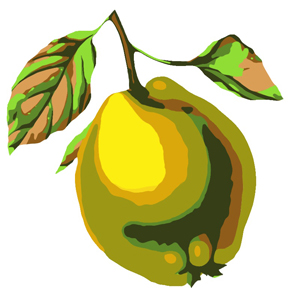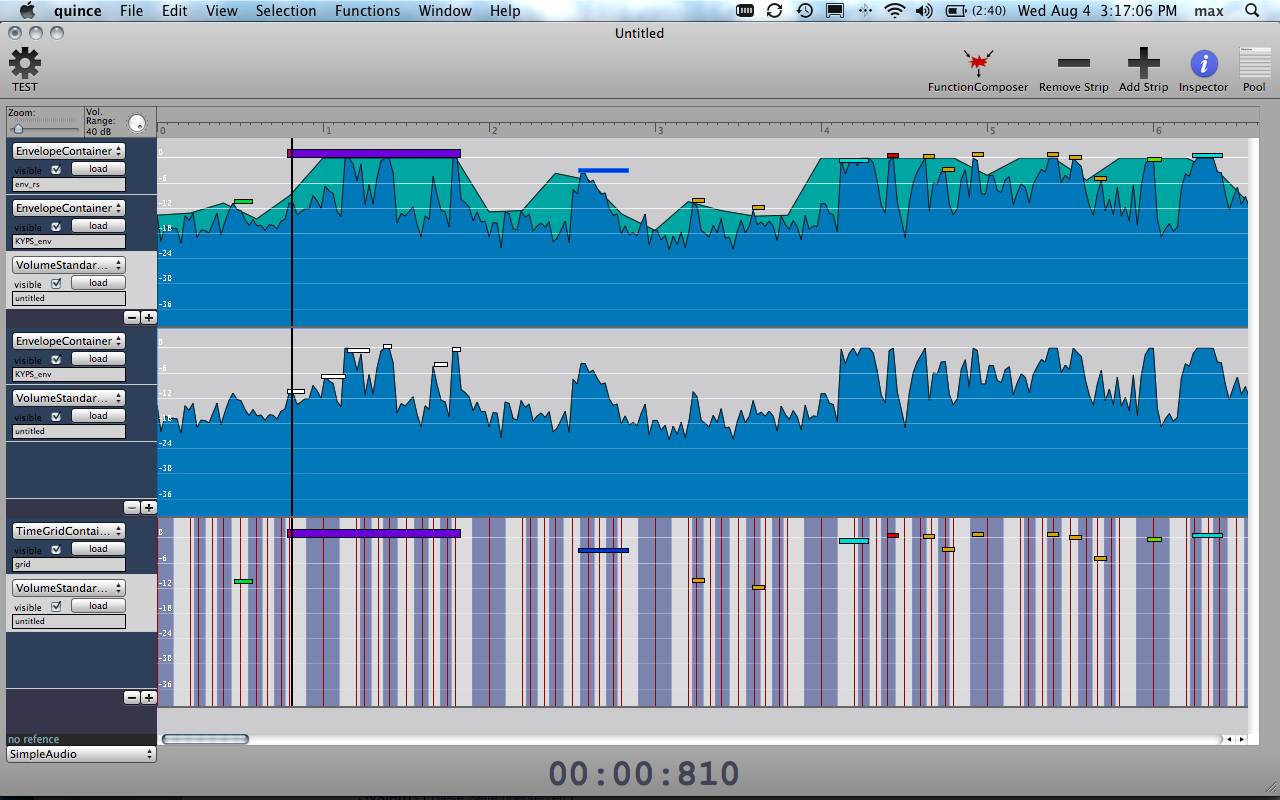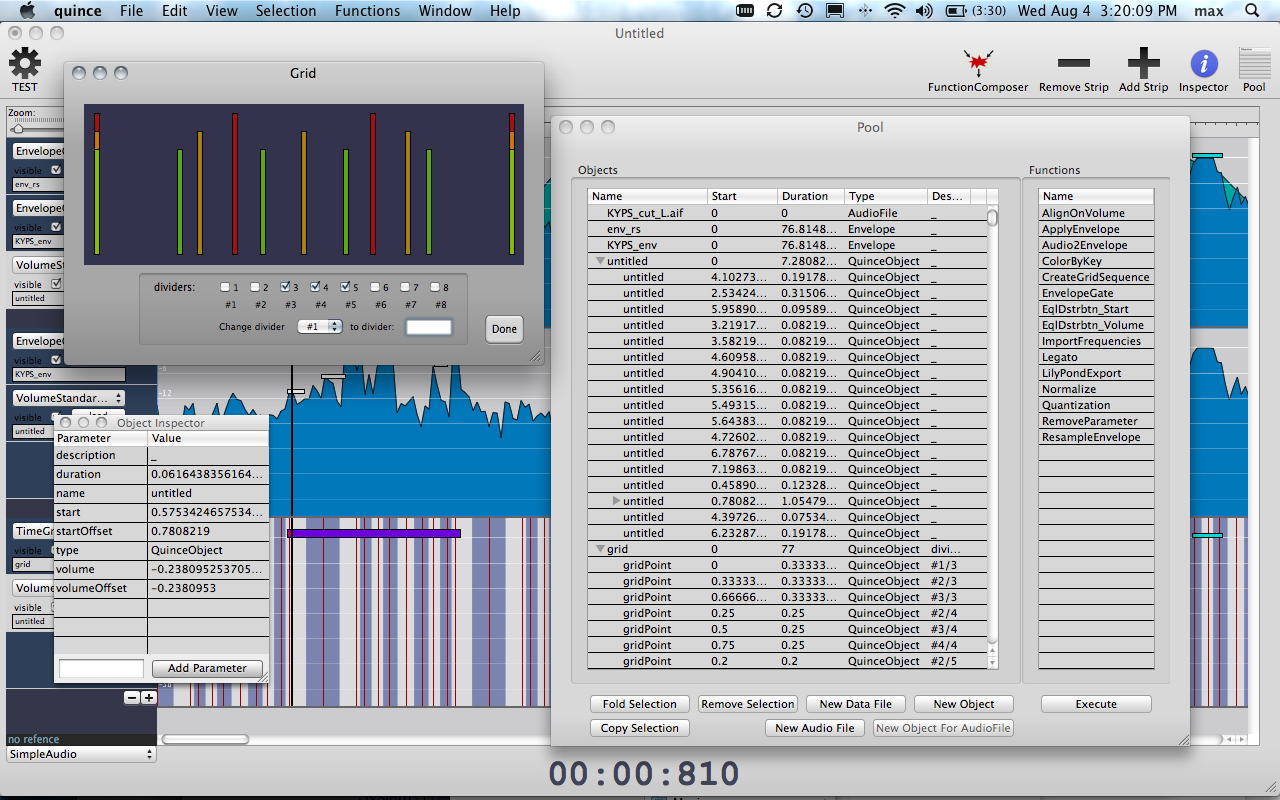
2010년 9월 2일(목)부터 9월 5일(일)까지 예술의전당 자유소극장에서 한국전자음악협회(KEAMS)가 주최하는
서울국제컴퓨터음악제(SICMF) 2010이 개최됩니다. 서울국제컴퓨터음악제는 악기, 컴퓨터음향, 영상, 무용 등의 매체가
어우러지는 전위적인 공연으로 음악과 테크놀러지가 어떻게 조우하고 결합되는지를 보여준다는 점에서 해마다 차별화된 공연을 선사하고
있습니다. 아시아에서 최초로 기획된 컴퓨터음악제인 서울국제컴퓨터음악제는 94년에 시작되어 올해로 17회를 맞이합니다. 그 동안
국내외에서 활발하게 활동하고 있는 작곡가들의 뛰어난 작품들에 의해 국내는 물론 전세계 컴퓨터음악의 주요한 흐름을 파악하고 주도하는
음악제로 성장했으며, 많은 해외의 작곡가들이 연주하고 싶어하는 무대가 되었습니다. 해마다 세계 각국의 작곡가들이 작품을 응모하고
이 중 엄선된 작품들이 연주되는데 올해에도 200여편에 달하는 작품들이 응모되었고 이 중 22 작품이 선정되어 연주됩니다.
또한 올해에는 독일의 대표적인 현대음악 연주단체인 앙상블 아방튀르(Aventure)가 초청됩니다. 앙상블 아방튀르는
1986년 독일의 프라이부르크에서 창단된 15인조 현대음악 전문 연주단체로서 유럽에서 가장 오래되고, 의미있는 연주단체입니다.
프라이부르크의 음악회 시리즈를 비롯하여, 전세계의 많은 작곡가들과의 활발한 교류를 통한 위촉 및 초연을 주도하면서, 전통과
아방가르드의 연결, 철저히 새로운 것들의 지원, 잊혀진 것들의 재발견, 시대와 문화를 통합하는 프로그램 등을 수행해 나가고
있습니다.
이번 공연에는 플루트의 Martina Roth, 클라리넷의 Walter Ifrim, 베이스트롬본/튜바의 Thomas Wagner가
초청되어 Luigi Nono, Richard Dudas, 임영미, Roland Breitenfeld, 이돈응의 작품이
연주됩니다.
SICMF 2010 :: 프로그램
| 9월 2일 (목) |
|
Concert 1 pm 7:30 자유소극장 |
David Berezan : Nijo 윤제호 : “Memory” for Violin, Violoncello and live electronics 이병무 : “Elastomer ver.3” for Tape 김은진 : “그리움의 침묵” for Daegeum, Gayageum, Ajaeng and Tape Manuella Blackburn : Karita oto (Borrowed Sound) Part 1 Chikashi Miyama : Piano Chimera 김미정 : “Spirit’s Sound” for Haegeum and live-electronics |
| 9월 3일 (금) |
|
Seminar 1 pm 3:00 한국예술종합학교 음악원 (서초동) 402호 전자음악실 |
Cort Lippe 실시간 상호작용 : 연주자와 기계간의 음악적 표현성 |
|
|
|
Concert 2 pm 7:30 자유소극장 |
Clemens von Reusner : BRNK John Croft : “…ne l’aura che trema” 강중훈 : Chime II Jason Bolte : Noises Everywhere Francis Dhomont : Sisyphe 이은화 : “Rattling sound” for computer generated music Juan José Eslava : “Under Construction” for classic guitar and electronics |
| 9월 4일 (토) |
|
Seminar 2 pm 3:00 한국예술종합학교 음악원 (서초동) 402호 전자음악실 |
Juan José Eslava “Under Construction”과 “Senderos de la risa”의 작곡과정에서 나타나는 제스쳐의 연루성 |
|
|
|
Concert 3 pm 7:30 자유소극장 |
Jonas Foerster : Echoes of Urban Life Konstantinos Karanthanasis : Dionysus 조진옥 : CoCo-III Marie-Hélène Bernard : Les ailes du phénix 여계숙 : Time Sculptures III Adam Basanta : a glass is not a glass(mov I to VI) Cort Lippe : Music for Snare Drum and Computer |
| 9월 5일 (일) |
|
Concert 4 pm 7:30 자유소극장 앙상블 아방튀르(Aventure) 초청 특별 연주회 |
Luigi Nono : “Post-Prae-Ludium >Donau<” for tuba & live-electronics Richard Dudas : “Prelude and Fantasy” for alto flute & computer 임영미 : “Whisper” for clarinet / bass-clarinet & electronics Roland Breitenfeld : “Moments of Darkness” for bass-trombone & electronics 이돈응 : “Amusement” for flute, clarinet & live-electronics Luigi Nono : “Ommagio a Kurtag” for alto, flute, clarinet, tuba & live-electronics |
* 이 프로그램은 순서나 일정이 바뀔 수 있습니다.
original post/information :http://www.computermusic.or.kr/main_kr/



